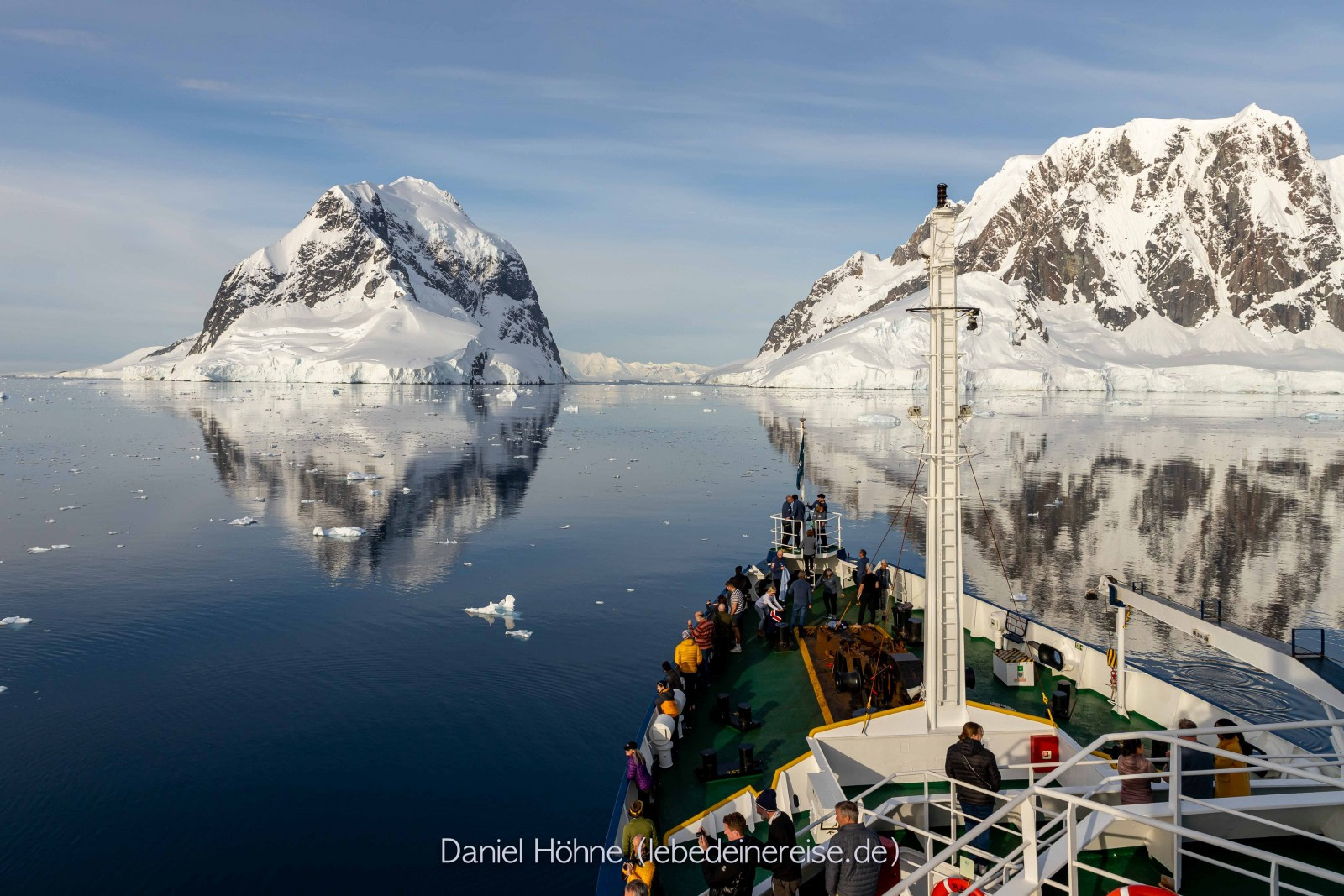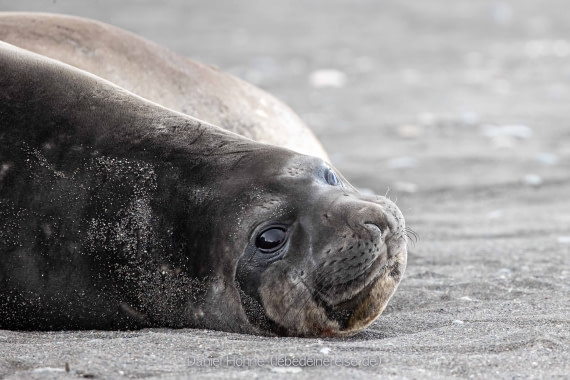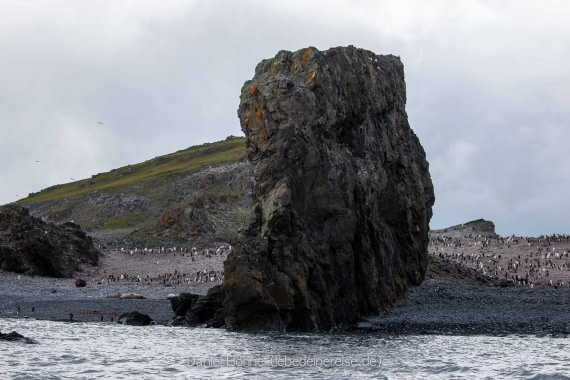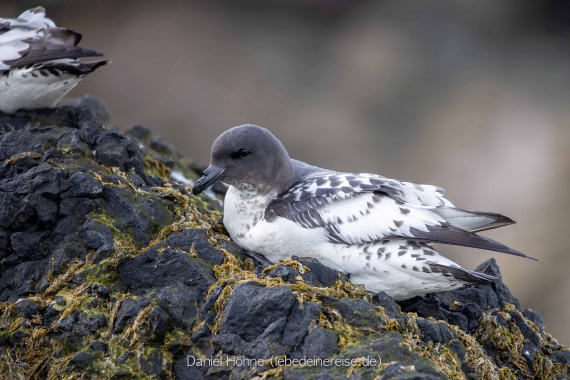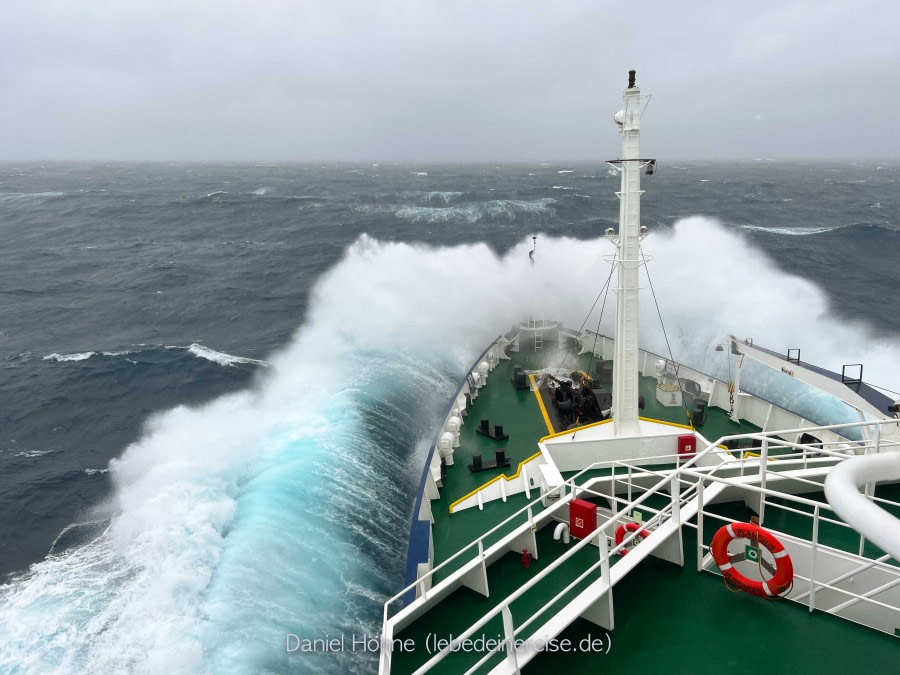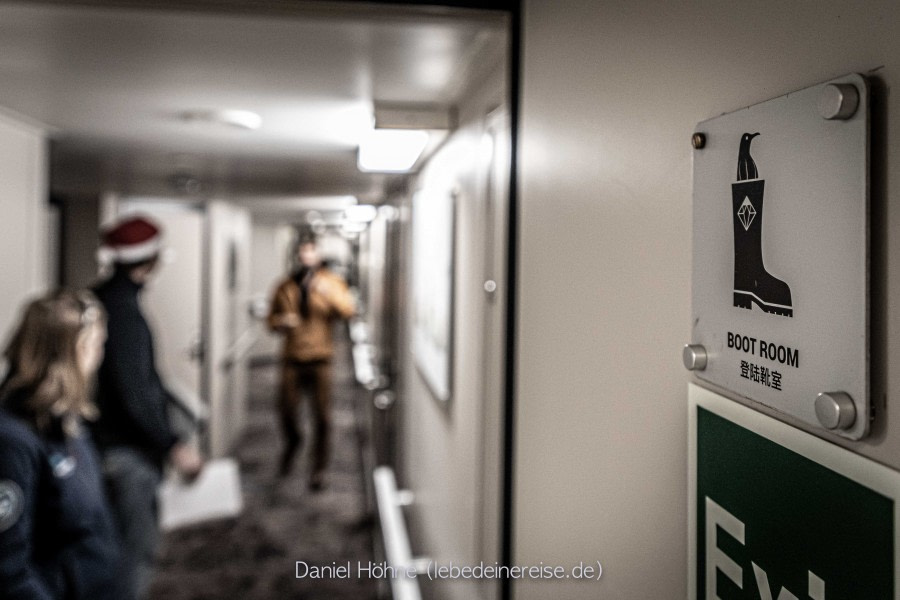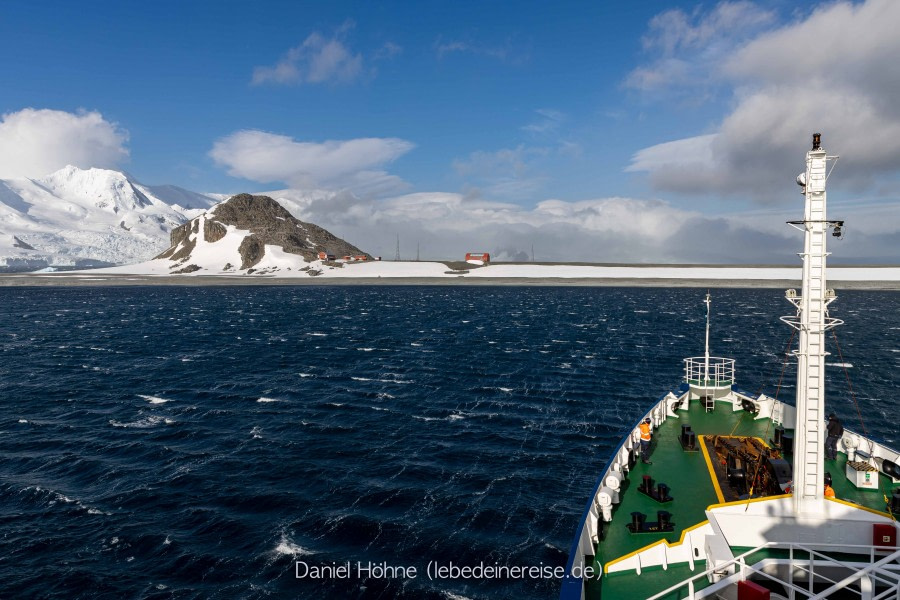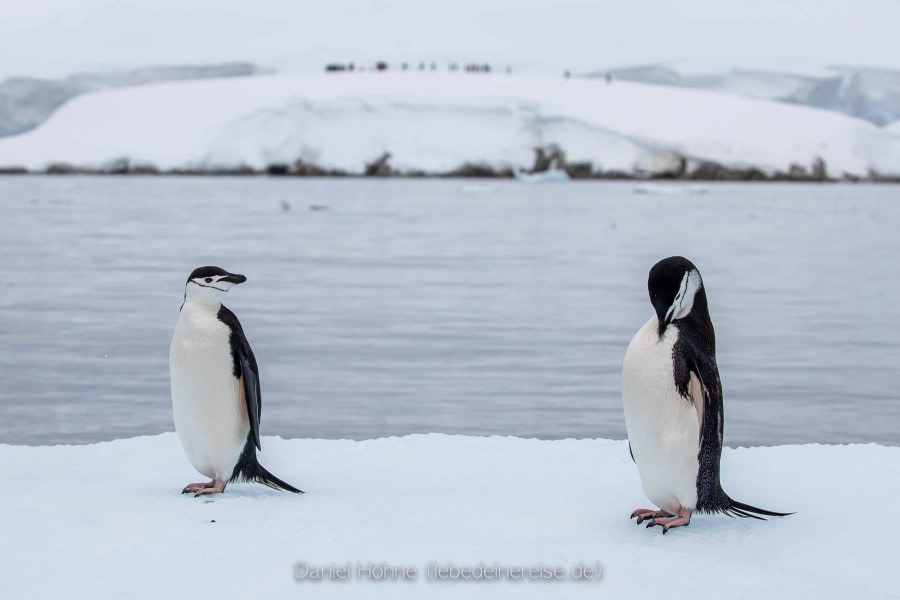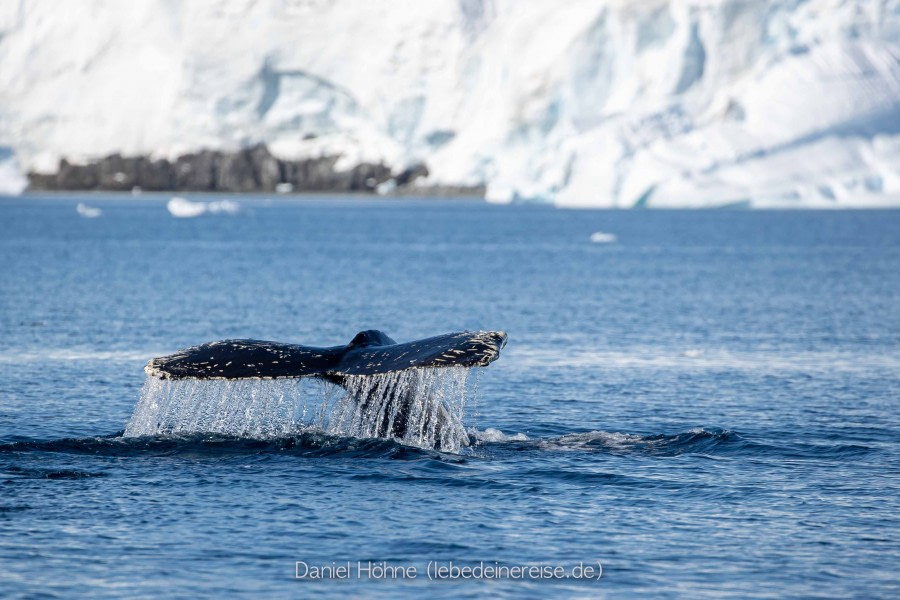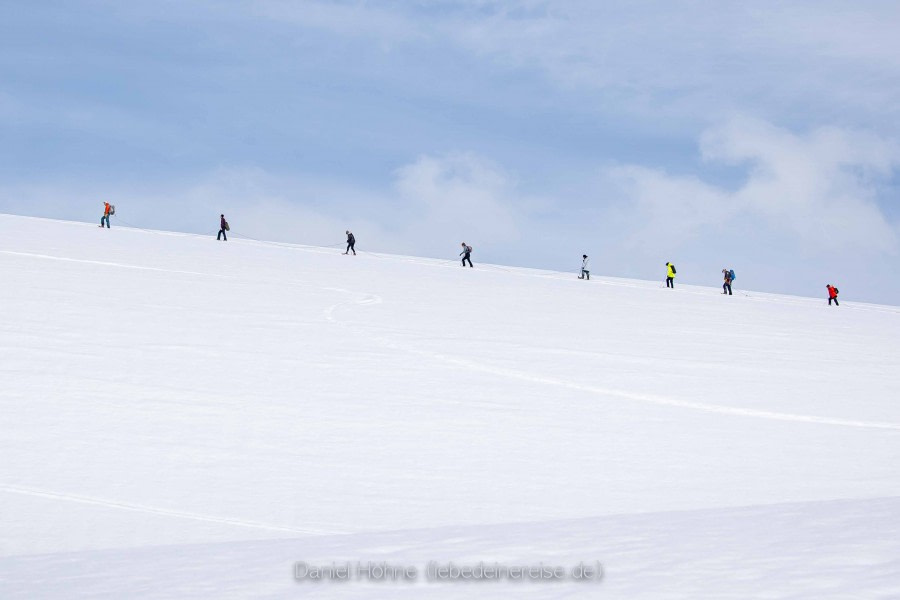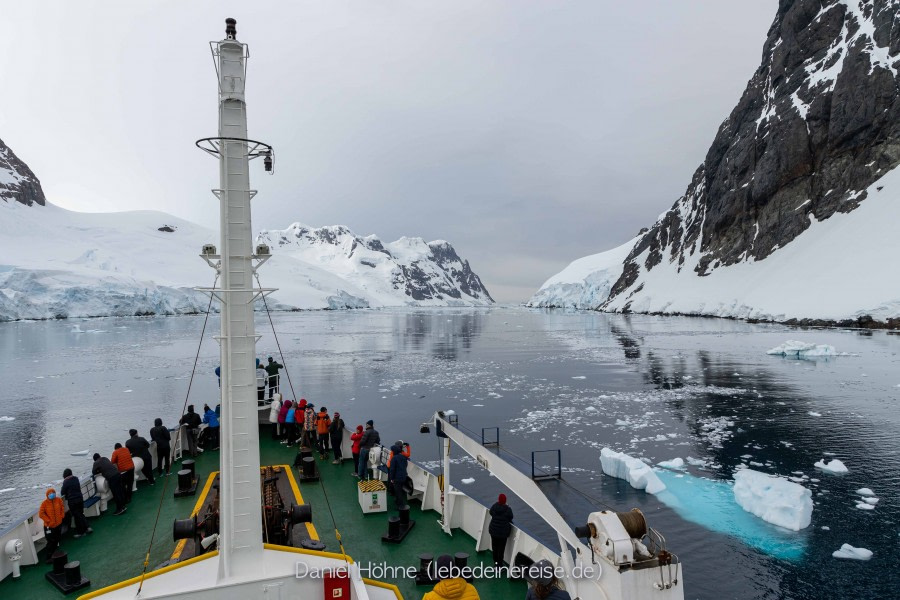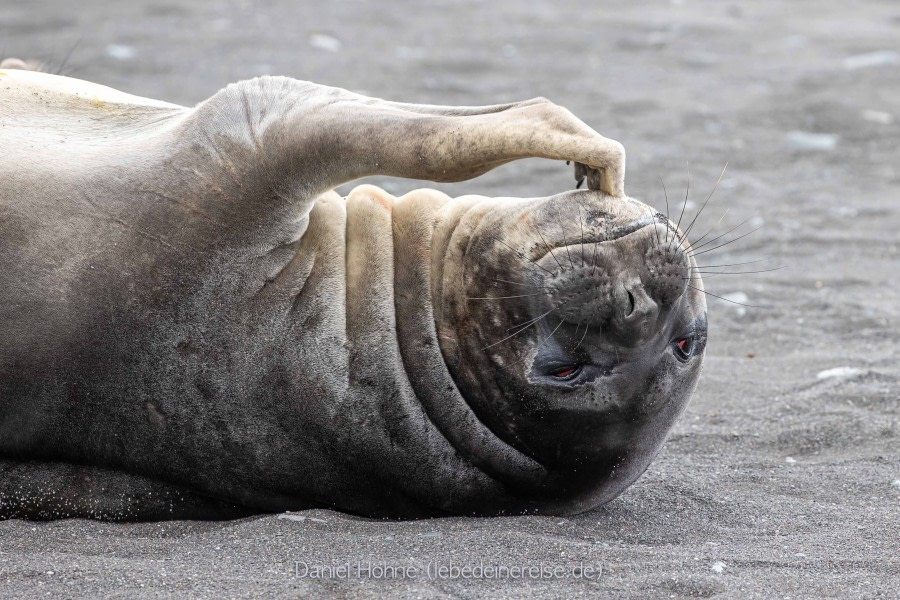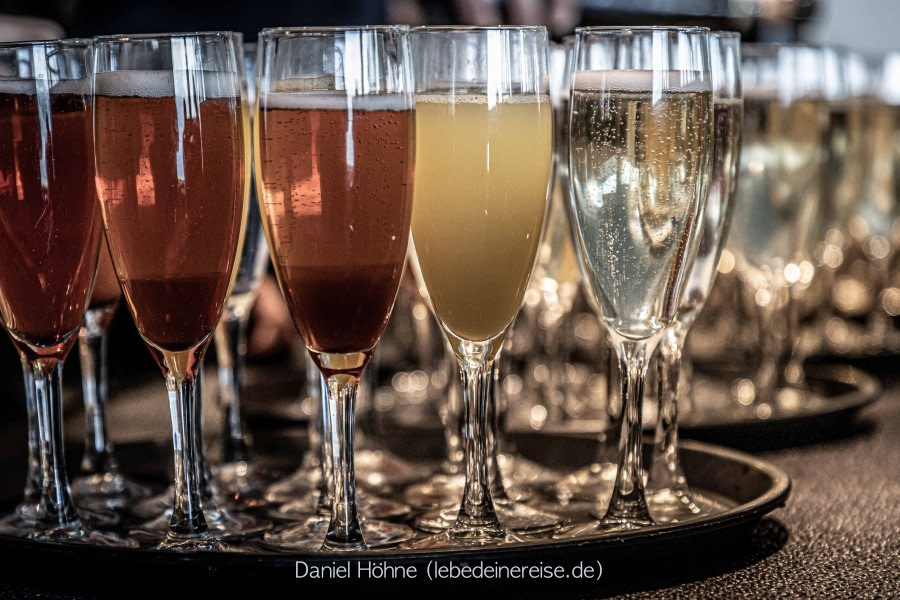| Datum: |
28.12.2022 |
| Positie: |
64°46.5’S / 063°22.6’W |
| Wind: |
SSE 1-2 |
| Weer: |
Overcast |
| Luchttemperatuur: |
+3 |
Light snowflakes started falling while we crawled out from our bivvy bags, we found ourselves surrounded by massive glaciers and craggy peaks, stranded in a little spit of land which is Leith Island located in Paradise Harbour. While M/V Plancius made her way through the maze of iceberg which filled up the bay, we lined up all the way down to the shore patiently waiting for our zodiac to bring us back on board of the ship.
Landing and getting to know Antarctica on foot is certainly something special, having the pleasure of sharing a night in the White Continent with penguins and seals is surely a once in a lifetime experience!
Back to our rooms we could have the comfort of our beds for a couple more hours while the ship was repositioning and sailing out of Paradise Harbour through the Bryde Channel into the narrow and beautiful Neumayer Passage which divides Anvers Island from Wiencke Island.
M/V Plancius was soon anchored in the vicinity of Port Lockroy and with British punctuality, at 9 o’clock sharp, our friend Lucy, one of a four-team member who is running Base A of Goudier Island during the summer, was onboard. Lucy thoroughly presented in the Lounge Room the work that British Antarctic Survey has been done in the past decades to recover and maintain all bases belonging to the United Kingdom Antarctic Heritage Trust foundation, among those Port Lockroy Base A.
During World War II United Kingdom established the military-base Operation Tabarin, on the tiny Goudier Island. The primary objective was to strengthen British claims to sovereignty over a few Antarctic territories to which Chile and Argentina had made counter claims since the outbreak of the war. During 1944/45 a staff of 14 men overwintered in Port Lockroy, carrying on mapping, meteorological and telecommunication works.
Port Lockroy Base A also includes the most southerly operational post office in the world, therefore once on land we could access the main building, stamping, and sending postcards to our beloved, not forgetting to shop maps, beanies and T-shirts to bring back home.
During lunch, the ship moved to the nearby Dorian Bay and in the afternoon, we could enjoy an incredible landing at Damoy Hut. The sun was shining, the air was crisp, and clouds were hovering on top of the surrounding peaks letting us enjoy an amazing 360° view of the west coast of Wiencke Island dominated by jagged peak of Jabet and the Seven Sisters.
Our expedition staff wisely designed a magnificent loop around the shallow and rocky waters of Dorian Bay, leading us past by a few colonies of laborious gentoo penguins till reaching a vantage point over the waters of Neumayer Channel under the bluest sky we had had in Antarctica in the past week.
Walking down back to our zodiacs we passed besides Damoy Hut, which in the mid-seventies was built to support the airstrip operation during the summer periods when the access to Rothera research station was prevented by the presence of sea ice early in the season. BAS personnel would arrive by ship to Damoy, provisions were transported by a snowmobile to a 400m ski-way that was marked along the spine of the glacier on which a Twin Otter aircraft was able to take off, thus connecting Damoy with Rothera further South.
Damoy Air Facility stopped its operation in 1993 as the transit station was no longer needed and direct flights from the Falkland Islands to Rothera started to be operated.
Back onto M/V Plancius a delightful BBQ awaited us in the aft deck of the ship, however sooner than predicted, while sailing out from the protected waters of Dorian Bay, the sea forced us to run inside seeking for a warmer space where we could taste the delicious pork ribs and chicken wings that the kitchen had prepared for us.
Another spectacular day has passed, following the exploratory routes of legendary expeditions of the early 20th century such as Adrien De Gerlache aboard the Belgica and Commandant Charcot aboard the Français. Our voyage was continuing with even more surprises in the next days to come.
Mountaineering Log
In the afternoon, roped up as two teams, we started from Dorian Bay and made steady progress in bright sunshine towards a beautiful satellite peak of Jabet. After crossing the aeroplane runway plateau, we ascended a broad ridge, eventually stopping at approximately 250m a.s.l. Our Mountain Guides explained that there was avalanche risk if we were to continue higher onto the open and steeper summit slopes, so after a brief pause and a team photo, we retreated back to the bay.
